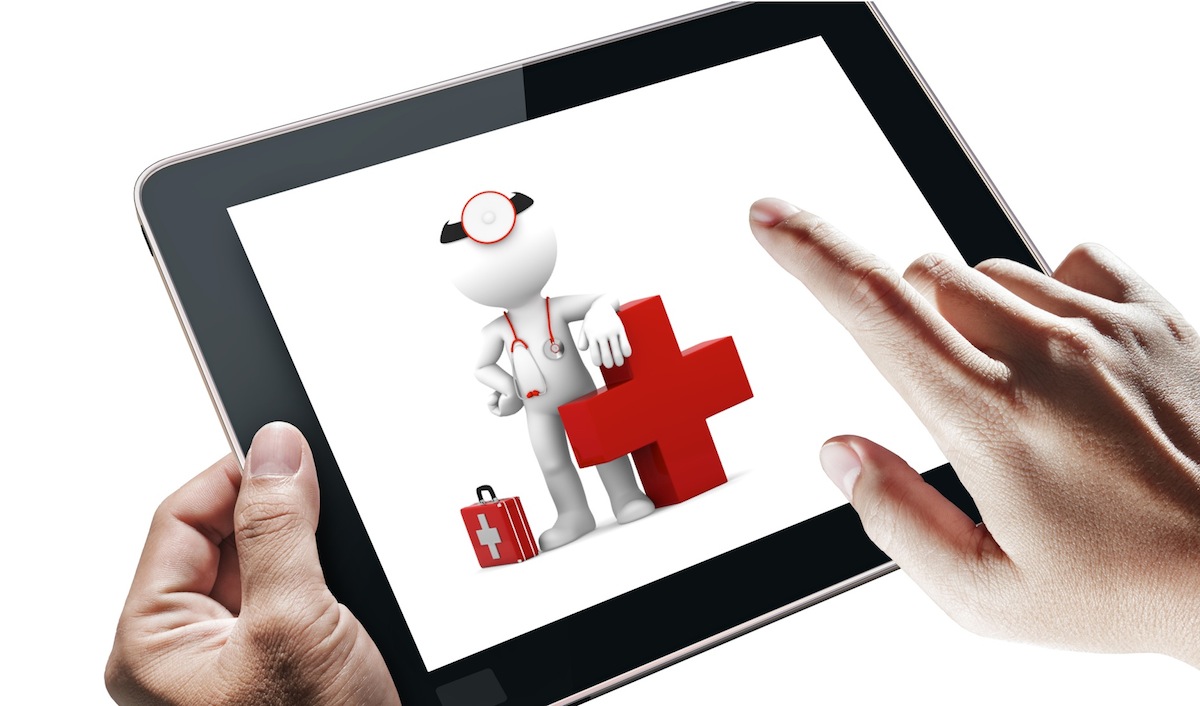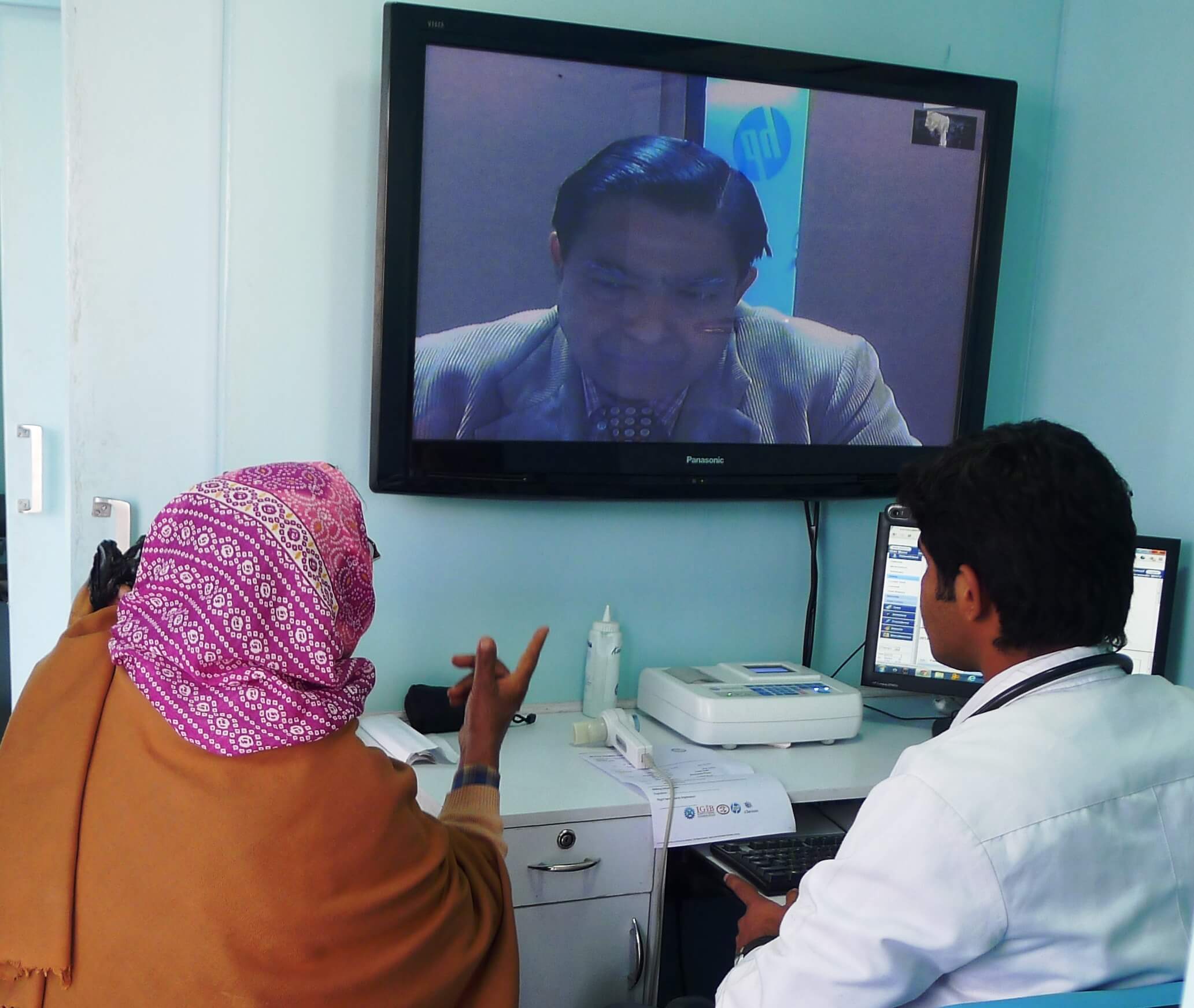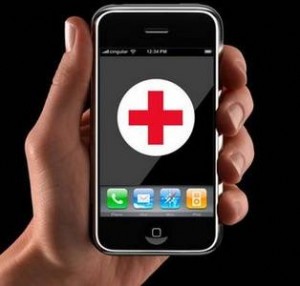Suryakant Mokati, a native of Sumerpur in Rajasthan believed he wouldn’t survive after several doctors toldi him he was suffering from cancer.
Then a radiologist, who did the magnetic resonance imaging (MRI) scan on Mokati, transferred the brain scans via internet to a doctor in Mumbai for second opinion. Dr Deepak Patkar, chief consultant, computer tomography (CT) and MRI, Nanavati Hospital, studied the images and immediately sent his feedback: it was just a blood clot. Rural India is home to hundreds who die slow deaths or live life in constant fear of imminent death due to improper medical diagnosis. But things are changing. More and more healthcare practitioners are embracing the miracle called telemedicine. Doctors in the cities today get over 250 scans per day from different part of the country. The images are mostly from small talukas. The hospitals/clinics in the rural areas conduct tests and send the images over internet. Their consultancy is used either when the local doctors don’t have enough exposure to certain tests, such as CT or MRI, or need second opinion. The telemedicine network becomes essential as in most cases reading the scans can be confusing. Telemedicine also helps make up for the poor health infrastructure in this large disparately growing country. “The chance of errors reduces with the experience of a doctor in reading the scans for diseases,” said Ashish Dhawad, COO, TeleDiagnosys Services, which offers radiology services to hospitals in the US and health centres in small talukas.

Be a part of Elets Collaborative Initiatives. Join Us for Upcoming Events and explore business opportunities. Like us on Facebook , connect with us on LinkedIn and follow us on Twitter , Instagram.












